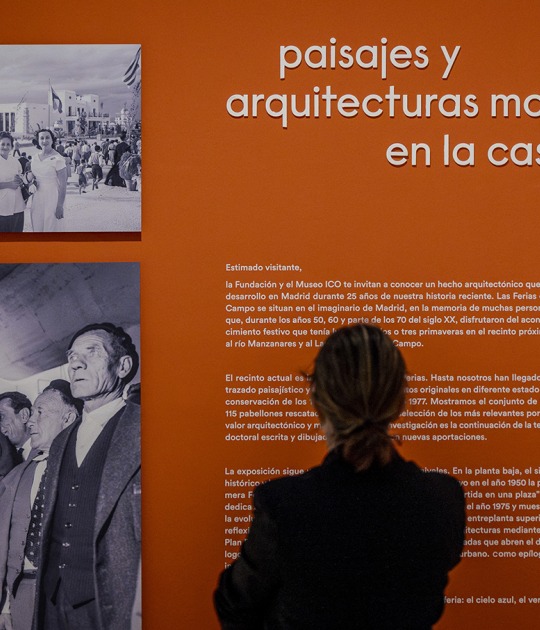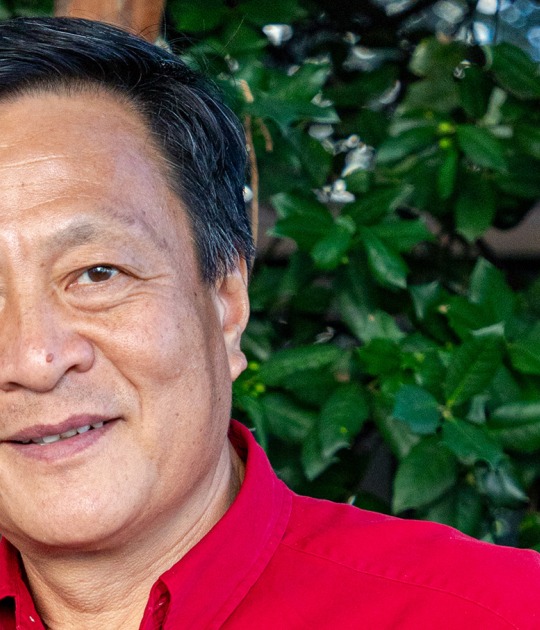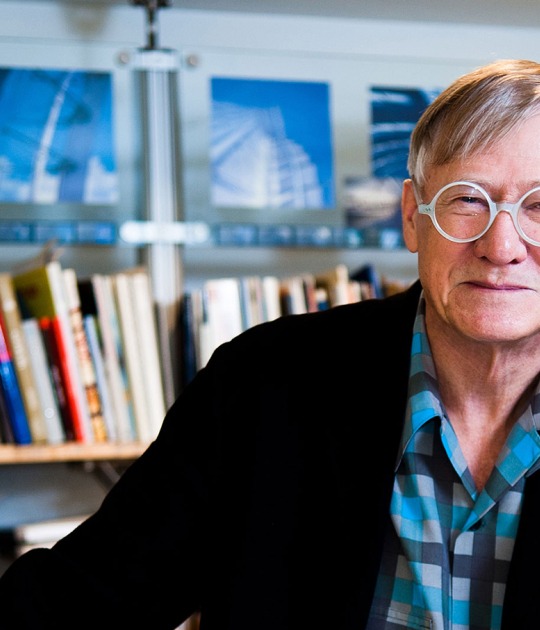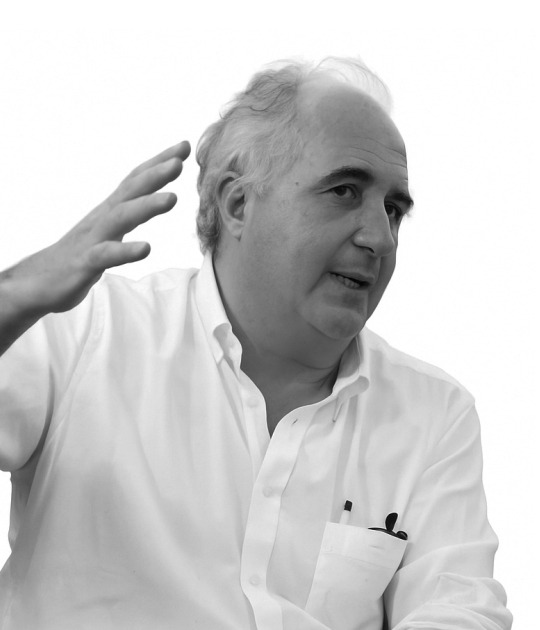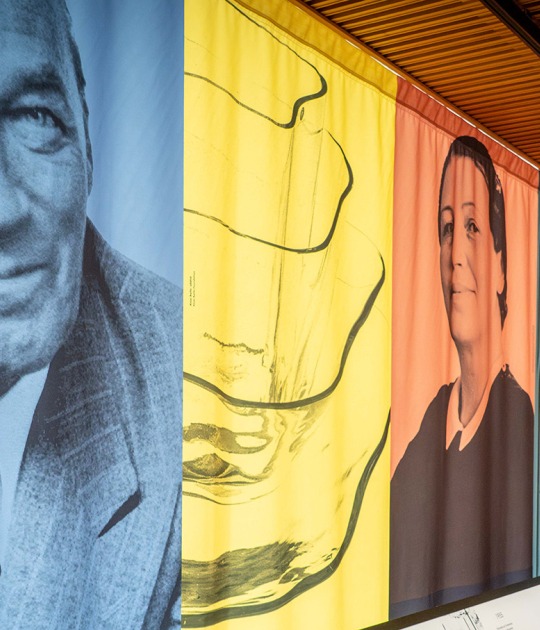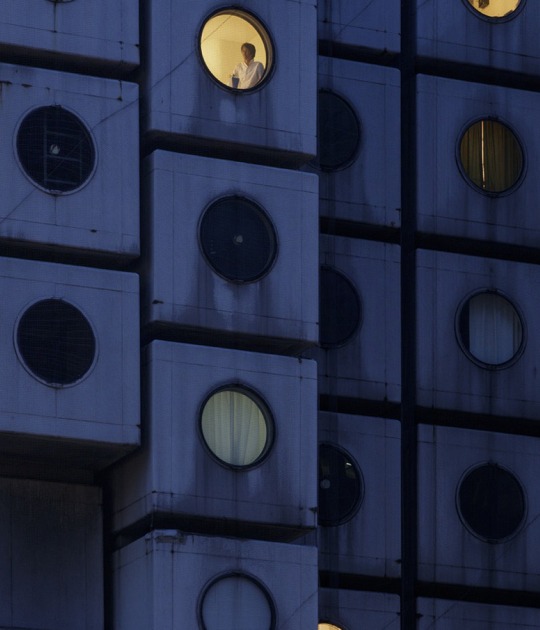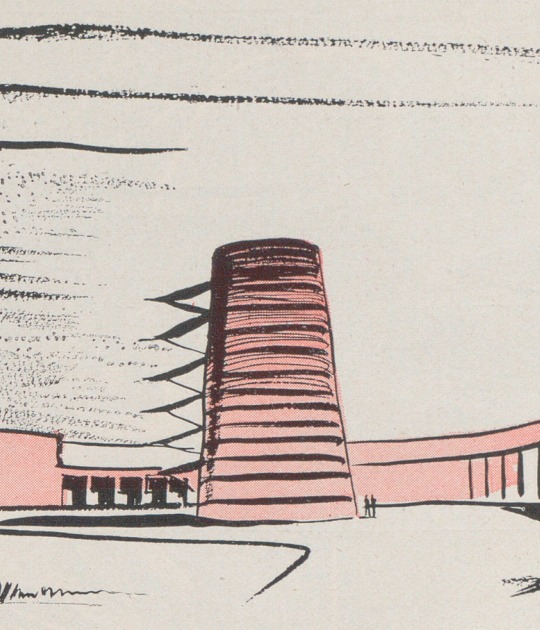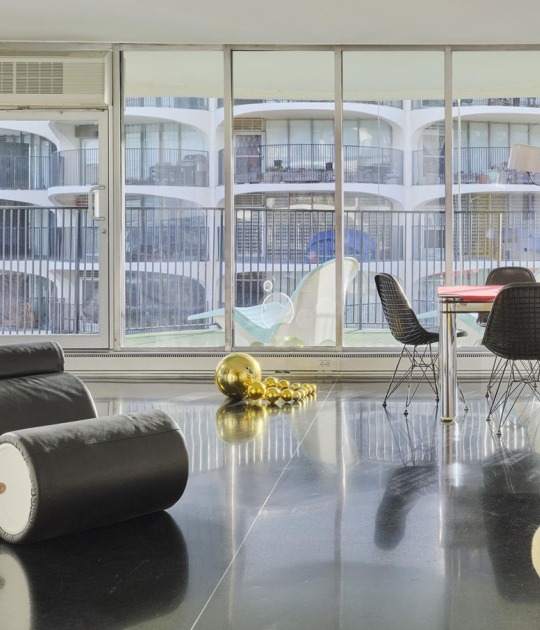The Huarte House is reached by car and, therefore, the visitor is welcomed by a large porch on the north side of the plot. It reminds in a way of a colonial home but the long leaning cantilever suggests the influence of Aalto's architecture, present in every corner of the project.
As opposed to the outside image, an opaque and even walled house, once inside, the experience is a completely different one. The space opens and all of the different rooms are connected both physically and visually thanks to the large windows and sliding partitions that separate the different rooms. At the same time, all of this rooms look towards the terraced courtyards filled with vegetation. A quiet and peaceful place which seems very far from the outside world.
The whole house opens itself to the south and the afternoon sunlight. All of the service rooms are arranged forming a barrier that protects the house from the traffic noise on the south side of the plot. These semi-buried rooms receive light through large skylights in the roof and two courtyards that serve as the drying area for the laundry and the entrance for the service.
The house, protected and listed as a Grade II building, has five yards or patios, two indoor fireplaces, swimming pool, an independent 150 sqm suite and five other bedrooms. A technical gallery under the house is practicable and allows to make necessary reparations without damaging the living quarters. It is, in short, a masterpiece of contemporary architecture which could be acquired by a private client or, at best, by an international foundation that could undertake the preservation and take care good care of it. Located in Puerta de Hierro, very close to the city centre, it's on sale for 5,000,000 Euro, but it's real value from a historic and artistic point of view is incalculable.
Built in 1966, the Huarte House by José Antonio Corrales and Ramón Vázquez Molezún is an icon of Modern Spanish architecture. Today we tour this wonderful house to discover all of its secrets.
More information
Published on:
November 10, 2015
Cite:
"Visiting the Huarte House by Corrales and Molezún" METALOCUS.
Accessed
<http://www.metalocus.es/en/news/visiting-huarte-house-corrales-and-molezun>
ISSN 1139-6415
Loading content ...
Loading content ...
Loading content ...
Loading content ...
Loading content ...
Loading content ...
Loading content ...
Loading content ...
Loading content ...
Loading content ...
Loading content ...
Loading content ...
Loading content ...
Loading content ...
Loading content ...
Loading content ...
Loading content ...
Loading content ...
Loading content ...
Loading content ...
Loading content ...
Loading content ...
Loading content ...
Loading content ...
Loading content ...
Loading content ...
Loading content ...
Loading content ...
Loading content ...
Loading content ...
Loading content ...
Loading content ...
Loading content ...
Loading content ...
Loading content ...
Loading content ...
Loading content ...
Loading content ...
Loading content ...
Loading content ...
Loading content ...
Loading content ...
Loading content ...
Loading content ...
Loading content ...
Loading content ...
Loading content ...
Loading content ...
Loading content ...
Loading content ...
Loading content ...
Loading content ...
Loading content ...
Loading content ...





























